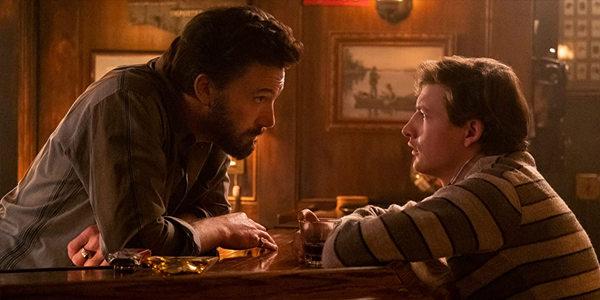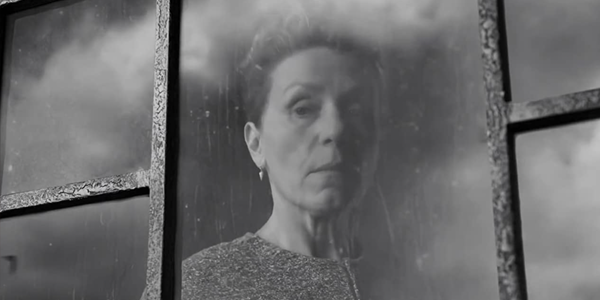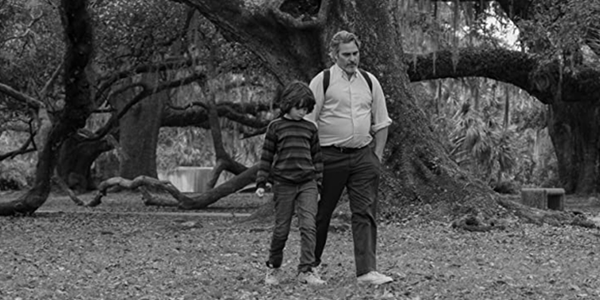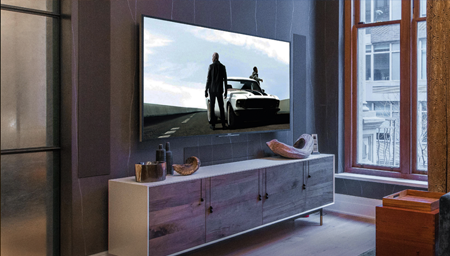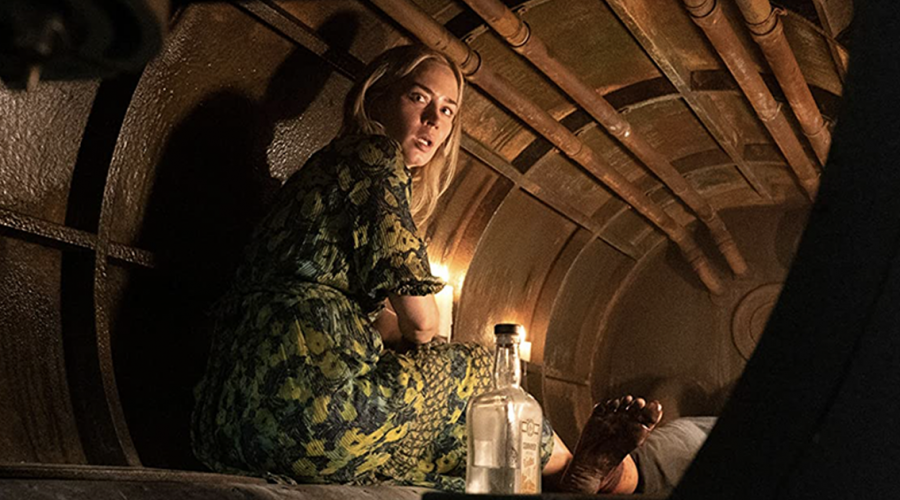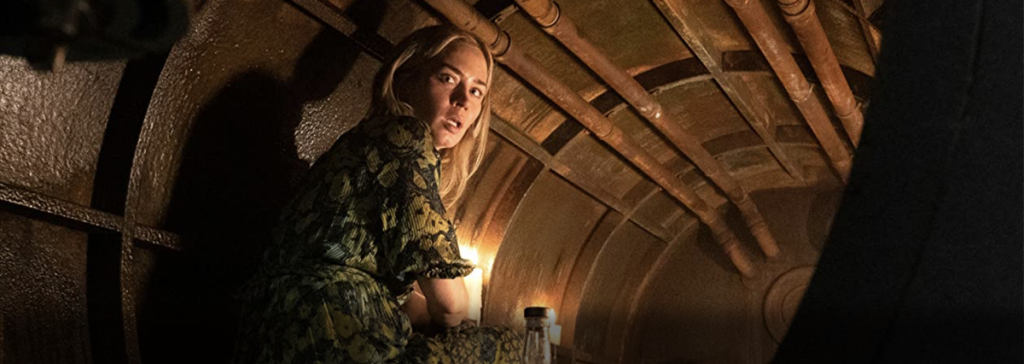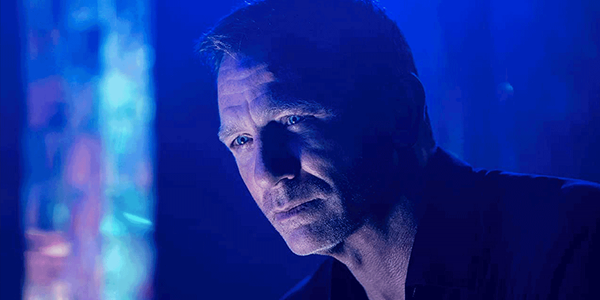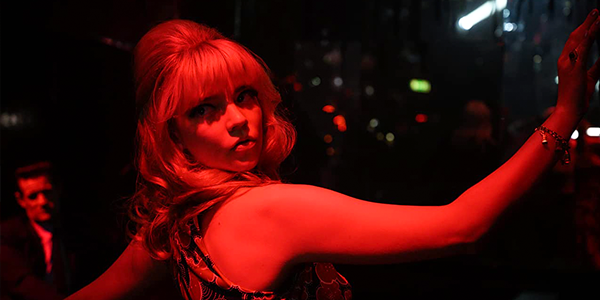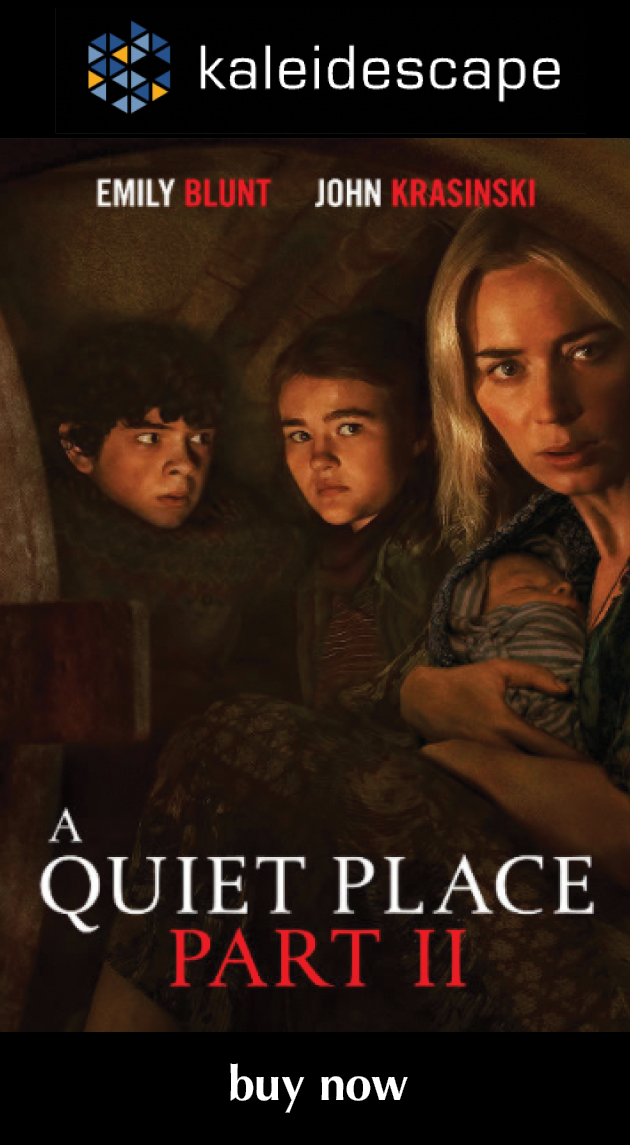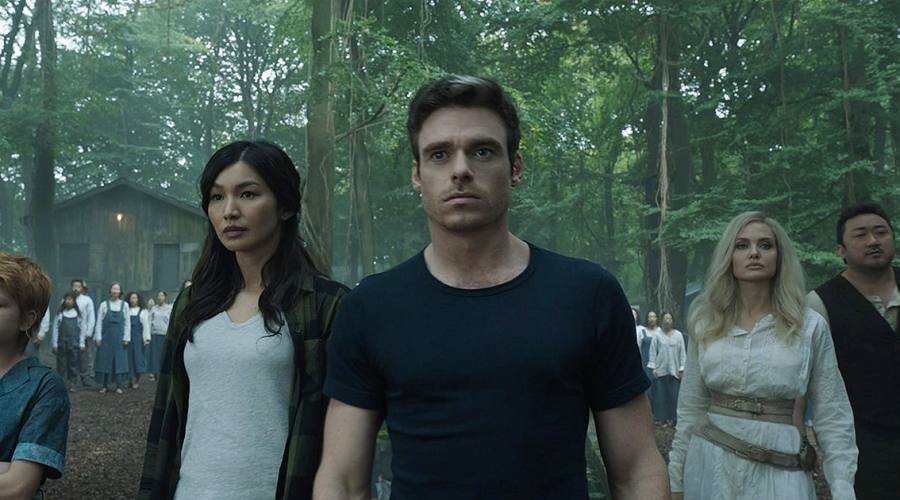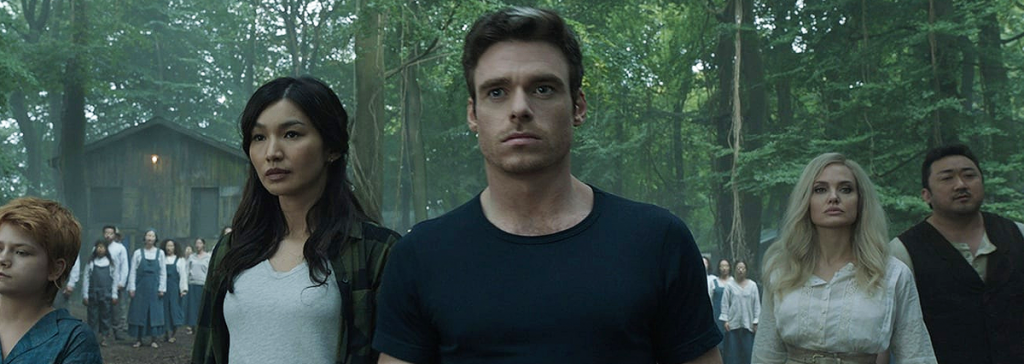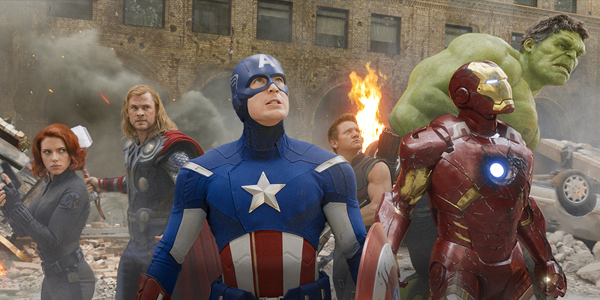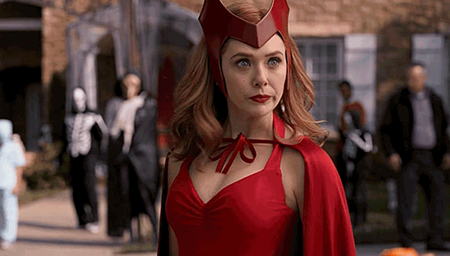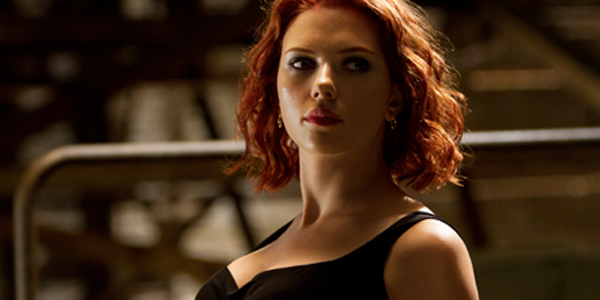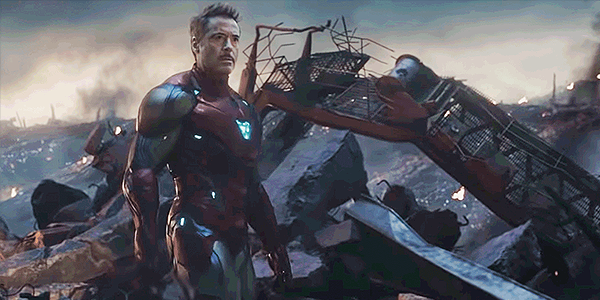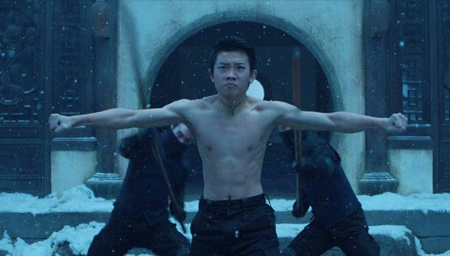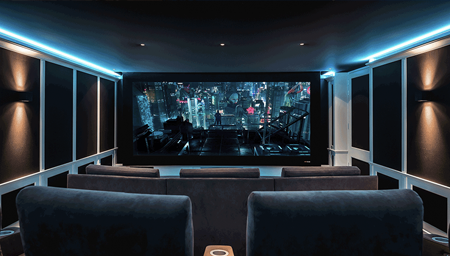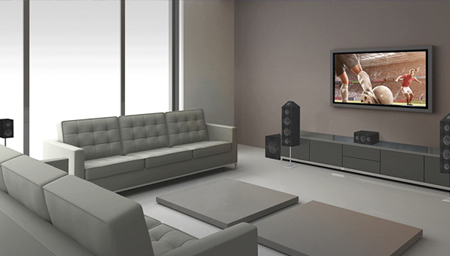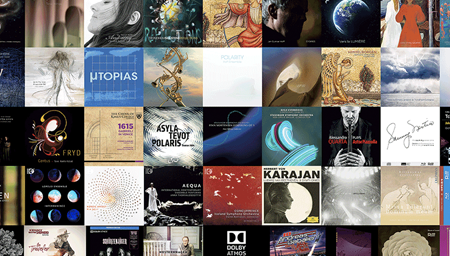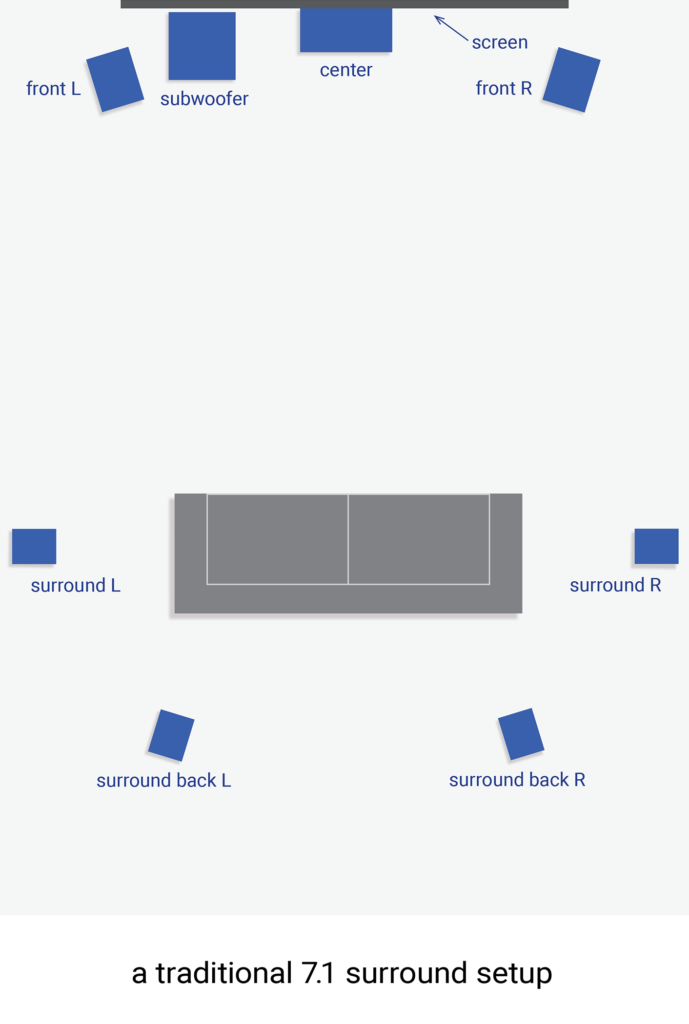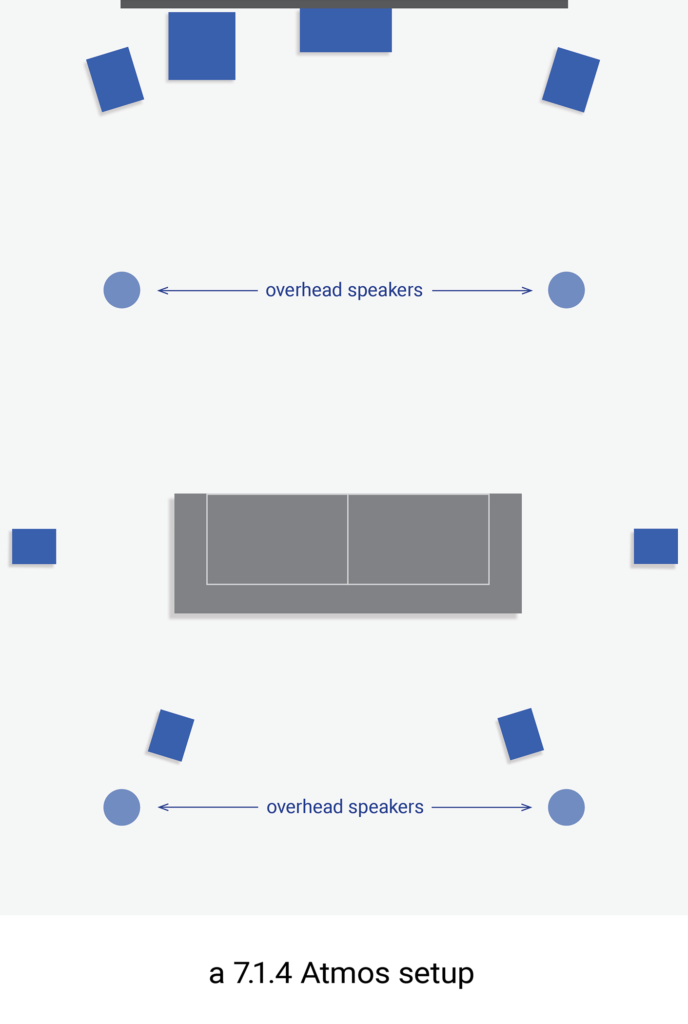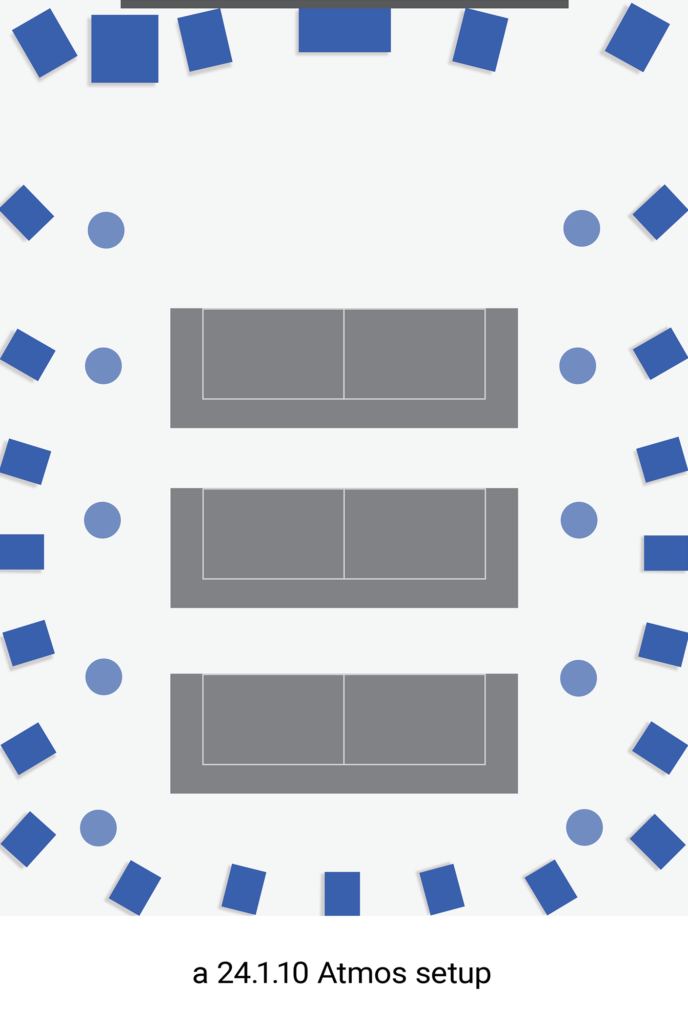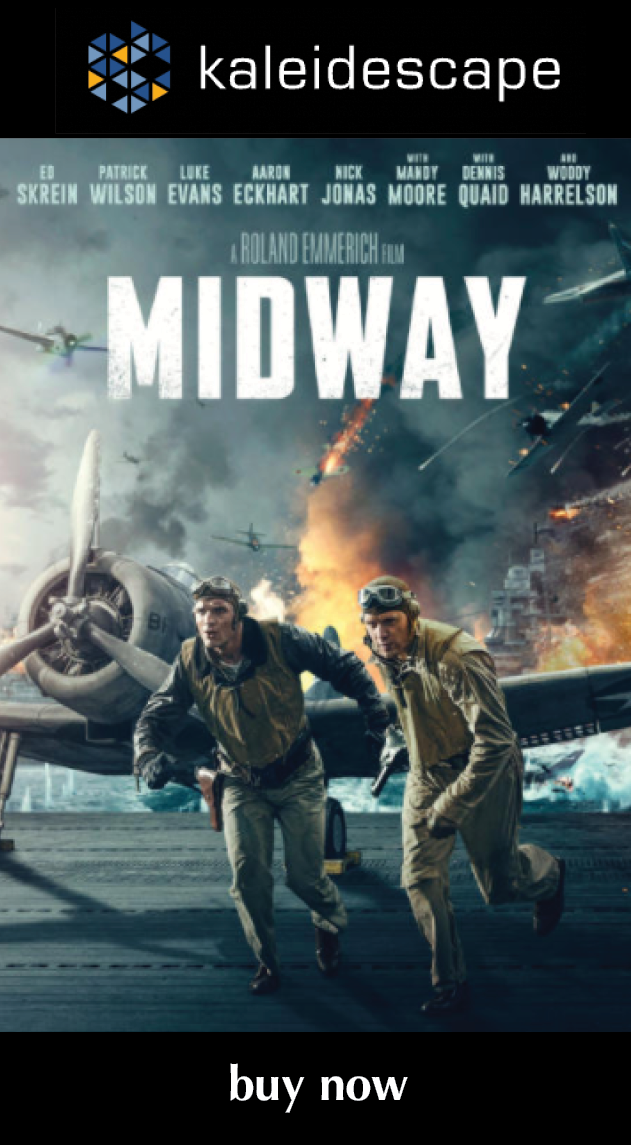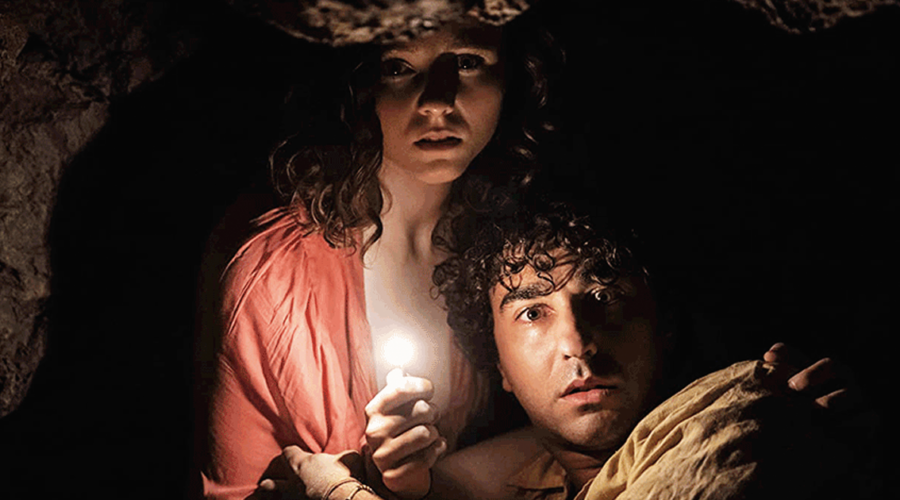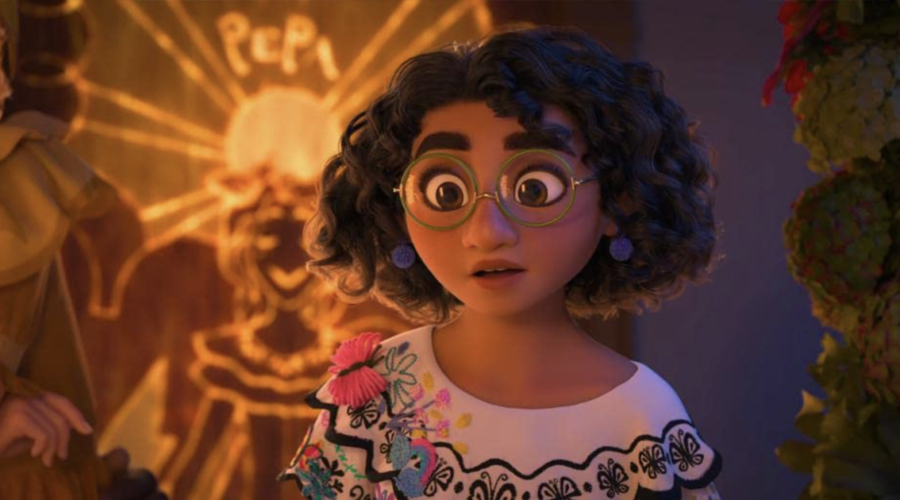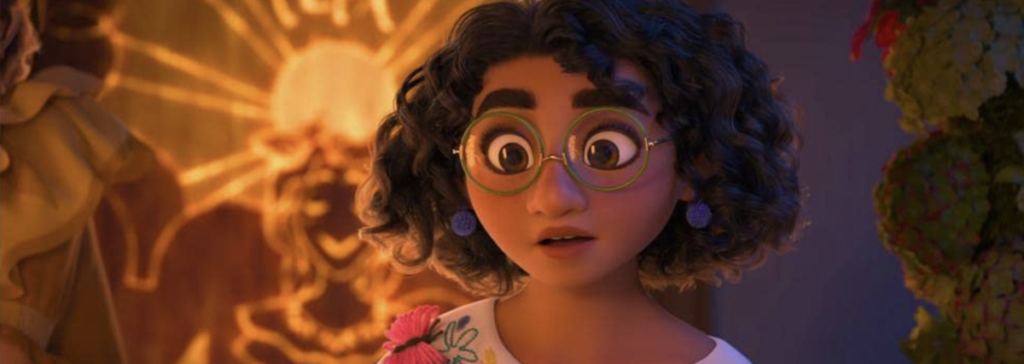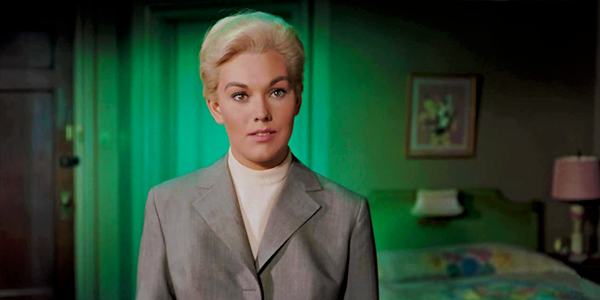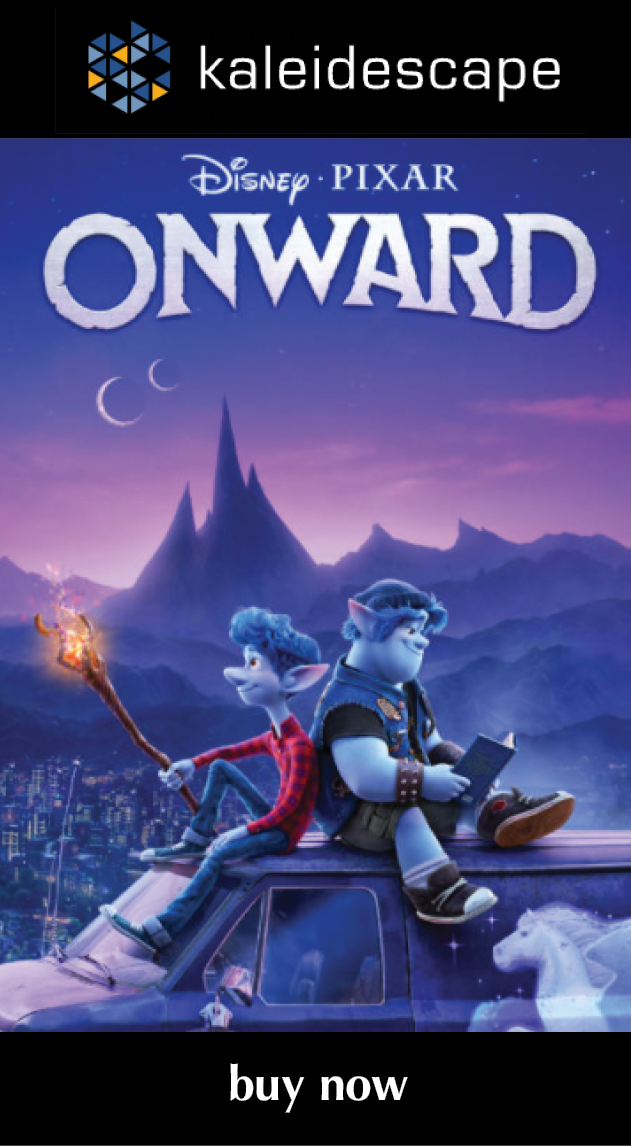Review: A Journal for Jordan
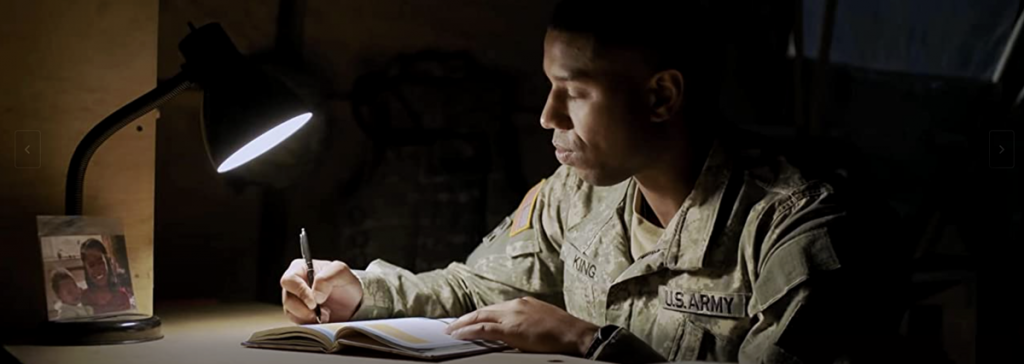
review | A Journal for Jordan
This Denzel Washington-directed true-life tale of a too-good-to-be-true solider and father has slipped unnoticed into the home market
by John Sciacca
January 22, 2022
I try to keep up with movies—both those being released theatrically and those available for home viewing—but somehow A Journal for Jordan totally slipped under my radar. Even though it’s directed and co-produced by Denzel Washington, whom my wife loves, and stars Michael B. Jordan, whom I’m a big fan of, it managed to sneak quietly into theaters on December 25 and then became available as a PVOD offering from retailers like Kaleidescape on January 11. It wasn’t until I started scrolling through the “New Release Movies” section on Kaleidescape’s mobile app that I realized it was even a thing.
Washington flips around through time to establish the relationship and love story between First Sergeant Charles Monroe King (Jordan) and Dana Canedy (Chante Adams), going forward and back to different points pre and post the birth of their child Jordan (Jalon Christian). And the 2-hour 11-minute runtime gives us plenty of time to learn about these characters and develop some attachment to them, even though we learn right from the beginning that King won’t be around to see the end.
The film begins with flashes of images and bursts of sound from the fateful day when King is killed in action in Baghdad and then cuts to Canedy struggling to raise their son as a single mother working at the New York Times. Prior to deploying, Canedy gives King a journal designed for fathers to fill out so their children can get to know them. A late-night epiphany then inspires her to start writing a journal for her son to learn about the man his father was, which ultimately became the memoir A Journal for Jordan: A Story of Love and Honor, which is the basis for the film. As Jordan grows older—and starts being bullied at school over his light complexion—Canedy gives him the journal King left behind and starts sharing more about him.
Films based on true stories can certainly have an elastic presentation of the truth, and Jordan definitely presents an idealized version of King as the near-perfect gentleman and soldier—which isn’t to say King wasn’t near perfect. It’s just that Washington shows him as nearly too good to be true, with his only “flaw” being that he frequently cares more—at least as much—for the men in his command as he does for his wife. While Jordan does an admirable job in the role—and at times feels like he’s channeling Washington’s acting style with expressions, mannerisms, or minimalistic line delivery—King doesn’t provide a lot of depth for Jordan to explore.
Available now from Kaleidescape as a Premium Rental in 4K HDR, Jordan is presented in a 2.4:1 aspect ratio. There’s no mention of the format it was shot in or the source of the transfer but images are certainly clean, detailed, and sharp, and my guess is this was taken from a true 4K digital intermediate.
At first it felt like the images in the initial flashbacks were a bit sharper and clearer, making me wonder if it was perhaps a storytelling device Washington was employing to play with how memories often stand out clearer in our mind. But I think I was getting a bit too deep here, and it’s just that the opening scenes are mostly in interiors and don’t have the clarity provided by natural, exterior lighting. There are a lot of exterior day shots in New York City and these look gorgeous, with the camera just swallowing up all that daylight and delivering bright, sharp, beautifully detailed images. Closeups reveal the textural differences in facial detail between Adams and Jordan—her skin smooth and soft, his with some pocks, whiskers, and lines. You can also count each bead in the military dog chain around his neck.
Focus is consistently sharp and tight, letting you see details like the fine lines, edges, and stitching of King’s camouflaged uniform top, the long, tight rows of a tile roof-line, the tight ribs on a shirt Adams wears, or the crisp edges and architectural lines inside a museum. There’s also a lovely outdoor driving scene where the camera pulls back to show a lot of trees alongside the road, where you can clearly see each leafless branch and twig.
The HDR grade is used mainly to deliver consistently natural images, with nice depth and some extra pop from bright sunlight when required. Cities always look beautiful at night in 4K HDR and we get at least one lovely shot of New York all lit up and it doesn’t disappoint. During one scene, Adams goes to a bar with friends, and there are rich golden hues in the lighting behind the bar and in a stairwell. At another point they’re talking with multiple candles lighting the room and the scene has a very natural glow to it. Another scene shows the wonderful depth, shades, and variety of black levels, with King, wearing a black apron over a black shirt, hugging Adams, who is wearing a black dress with her black hair. All black, all visible, all subtly different.
Jordan has a Dolby TrueHD Atmos soundtrack but don’t expect too much from this primarily dialogue-driven story. Fortunately, the dialogue is clear and easy to understand throughout, though some of the early scenes feel a tad forward and louder in relation to other sounds. And there are several scenes where music comes in quite loud, booming from all the channels, which seems a bit heavy-handed and might have you reaching for the volume control.
Mostly, the surround and height speakers are used to deliver a nice bit of ambience to establish environments—things like wind blowing through the room or rustling leaves, or the sounds of rolling thunder. When we cut to external shots in New York, your listening space evolves into the cavernous sounds of the city, but then they are quickly replaced with the tight confines of an office space, with little clicks, chatters, and conversations happening around. There are some more dynamics when scenes involve King and the military, with the sounds of planes or helicopters passing overhead, or the sharp crack of rifles on the range. Short of one big explosion, there isn’t a lot to get your subwoofer engaged.
Journal for Jordan sits at that intersection of films panned by critics—currently sitting at a “Rotten” 45% on Rotten Tomatoes—but loved by viewers, with a 95% audience score. This generally means it’s pretty approachable and designed to entertain. After 2021, I’m happy to sit back and watch a feel-good, inspirational film based on a true story, and watch Michael B. Jordan portray a different kind of hero.
Probably the most experienced writer on custom installation in the industry, John Sciacca is co-owner of Custom Theater & Audio in Murrells Inlet, South Carolina, & is known for his writing for such publications as Residential Systems and Sound & Vision. Follow him on Twitter at @SciaccaTweets and at johnsciacca.com.
PICTURE | The numerous exterior day shots in New York City look gorgeous, with the camera delivering bright, sharp, beautifully detailed images assisted by the HDR grade, which lends some nice depth and some extra pop from bright sunlight when required.
SOUND | Don’t expect too much from the Atmos soundtrack in this primarily dialogue-driven story. While there’s some nice ambience in the surrounds, music cues tend to come in way too loud.
© 2025 Cineluxe LLC


